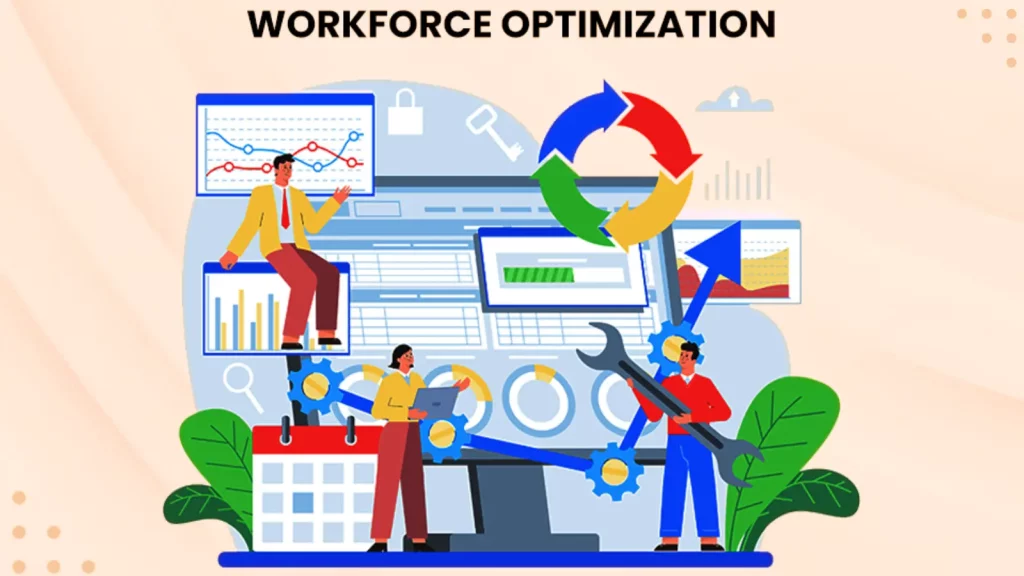How Workforce Optimization Drives Employee Retention
How Workforce Optimization Drives Employee Retention
Blog Article
Workforce Optimization: A Step-by-Step Guide to Success
In today's competitive job industry, keeping top skill is more essential than ever. High turnover rates could be expensive and disruptive, impacting productivity and morale. One efficient solution to improve worker maintenance is through workforce optimization. This approach centers on maximizing the effectiveness and satisfaction of personnel by aiming their skills and passions with the requirements of the organization. In that article, we'll examine how workforce optimization can push worker preservation and offer realistic tips for implementation.
Knowledge Workforce Optimization
Workforce optimization involves leveraging data and technology to boost the efficiency and usefulness of one's workforce. It encompasses a selection of activities, including staff arrangement, efficiency administration, and talent development. By optimizing these components, agencies can cause a more employed and successful workforce, eventually primary to higher retention rates.

The Role of Data in Workforce Optimization
Information represents a crucial role in workforce optimization. By examining worker performance metrics, organizations may identify traits and styles that influence retention. As an example, information may show which employees are vulnerable to making and why. Armed with this particular information, HR experts can develop targeted interventions to address the main dilemmas and increase retention.
Arrangement for Success
Efficient arrangement is really a important part of workforce optimization. By aiming employee schedules with their preferences and access, agencies can minimize burnout and raise work satisfaction. Moreover, variable scheduling choices, such as for example distant work or squeezed workweeks, can help workers achieve greater work-life balance, further increasing retention.
Efficiency Management and Feedback
Typical performance evaluations and feedback are important for workforce optimization. Employees who get constructive feedback and recognition due to their attempts are more likely to feel appreciated and engaged. Utilizing a robust efficiency administration process will help companies monitor progress, set objectives, and give constant support to personnel, fostering a culture of continuous improvement.

Talent Development and Career Growth
Purchasing worker progress is a powerful maintenance strategy. Workforce optimization helps businesses recognize talent spaces and offer targeted teaching and growth opportunities. By offering personnel distinct pathways for career development and growth, businesses can improve job pleasure and devotion, reducing turnover rates.
Conclusion
Workforce optimization is really a critical technique for improving worker retention. By leveraging information, optimizing scheduling, and purchasing performance management and skill development, companies can cause a more engaged and effective workforce. Consequently, that leads to higher preservation rates, decreased turnover prices, and a stronger, more resilient organization. Start implementing workforce optimization methods nowadays and enjoy the advantages of a happier, more committed workforce.
Report this page